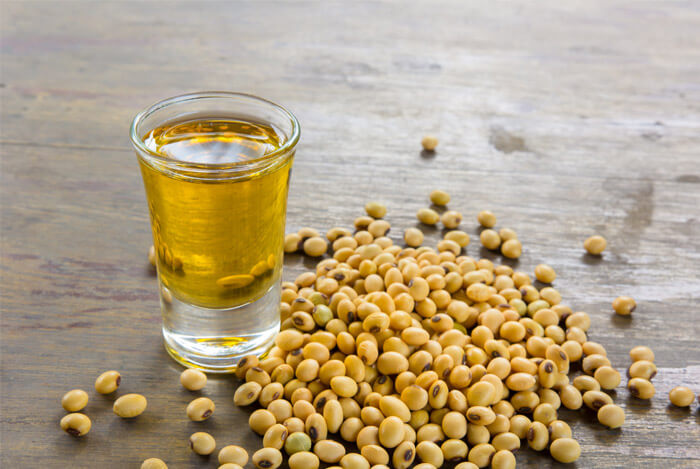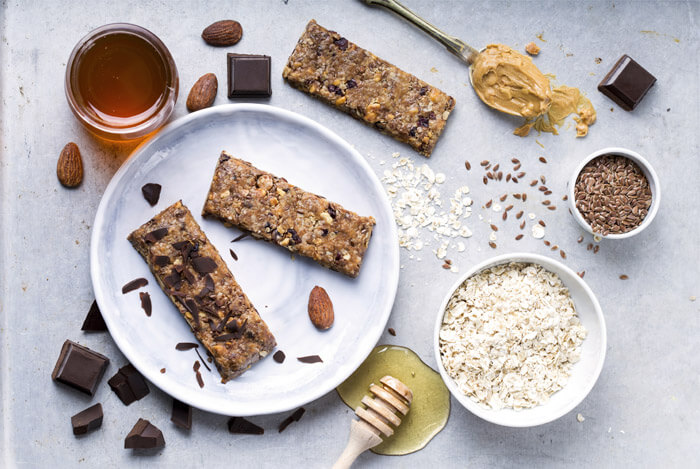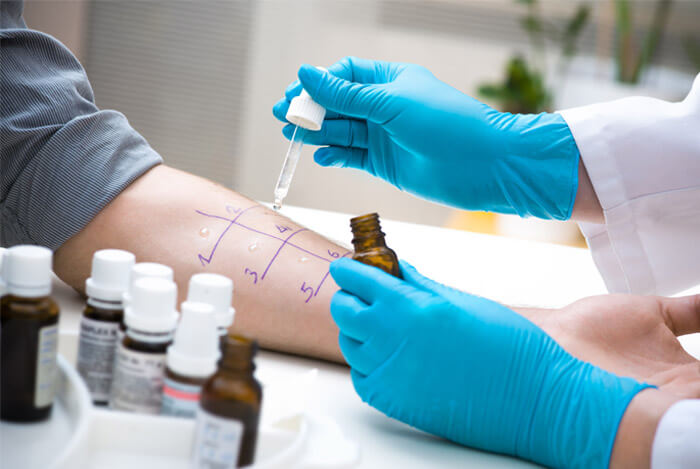Some of you may recognize the ingredient soy lecithin from many of the packaged and processed foods that you buy.
For those of you who aren’t normally a fan of reading labels, I suggest you just try it. The next time you’re at the store, start picking up random jars, tubs, and packages. I guarantee you soy lecithin will be in a ton of your favorite products.
So, keep reading to learn what I discovered about soy lecithin.
- What is Soy Lecithin?
- Common Sources of Soy Lecithin
- Soy Lecithin May Balances Cholesterol Levels
- Can You Have Soy Lecithin if You’re Allergic to Soy?
- Avoiding Soy Lecithin
- Overall…
Table of Contents
+What is Soy Lecithin?

Soy lecithin is a compound removed from soy that helps other ingredients bond together. This helps them maintain their texture and consistency.
Common Sources of Soy Lecithin

It’s actually pretty versatile and is used:
- As an emulsifier, helping oil and water mix together
- To extend the shelf life of products
- In bread making, to stop the dough being sticky and to help it rise faster
- In baking to prevent lumps forming in batter
- To make culinary foams – like you see in fancy restaurants and on MasterChef
Now that we know what it does, it makes it a little easier to look out for.
You’ll find soy lecithin (also marked as E322) in:
- Breads, cakes, cookies and pastries
- Ready-made cake mixes
- Salad dressings, mayonnaise and margarine
- Nut butters
- Cooking sprays
- And even cough drops, supplements, and medications
Soy Lecithin May Balances Cholesterol Levels

Some research shows that soy lecithin may have a beneficial effect on cholesterol levels. Supplementing with 500 mg of soy lecithin per day for 8 weeks has been shown to reduce total cholesterol levels by 42% and LDL levels by 56%.
Can You Have Soy Lecithin if You’re Allergic to Soy?

Soy is one of the top seven most common food allergies so you might think that soy lecithin is out for those sufferers. However, there is some debate around this.
As soy allergies are triggered by soy proteins, an allergic response will depend on the protein content of the lecithin, which can vary wildly as studies show.
One analysis of six soy lecithin samples found protein concentrations ranging from 100ppm to 1,400ppm. Another found that four samples tested had enough soy protein to trigger a reaction in those with allergies, but the other two samples contained no protein.
Web MD states that soy lecithin is safe for many people with allergies but they recommend you discuss with your doctor or allergist before eating anything with soy lecithin in it.
Those who are soy intolerant (as opposed to allergic) may find they are able to handle soy lecithin in processed foods, given that it is added in such small quantities.
Avoiding Soy Lecithin

If you want to avoid soy lecithin, then avoid processed foods or only buy those that contain alternative sources of lecithin such as sunflower seed lecithin.
Check labels carefully. Because soy is such a huge allergen, the Federal Food Allergen Labeling and Consumer Protection Act (FALCPA) requires that all soy-containing packaged foods sold in the US must list the word ‘soy’ on the label.
Overall…

There’s very little evidence that soy lecithin will damage your health.
Regardless, it’s best to stick with healthy, whole foods and fermented foods, and avoid those that are processed and genetically modified.
That said, if you can’t avoid it completely, don’t stress – a little bit now and then probably won’t do any harm.










